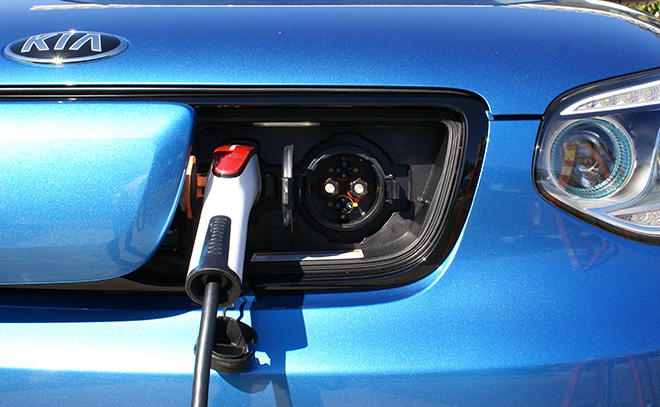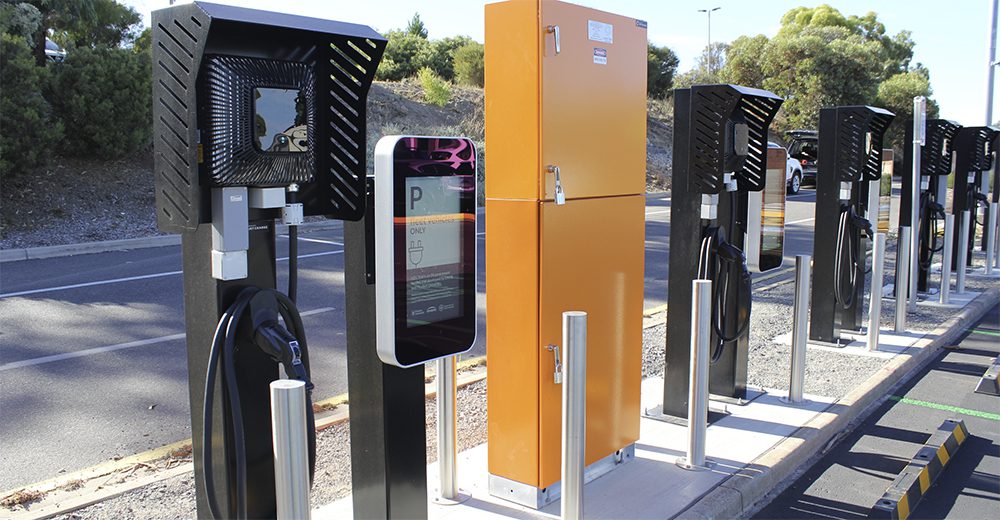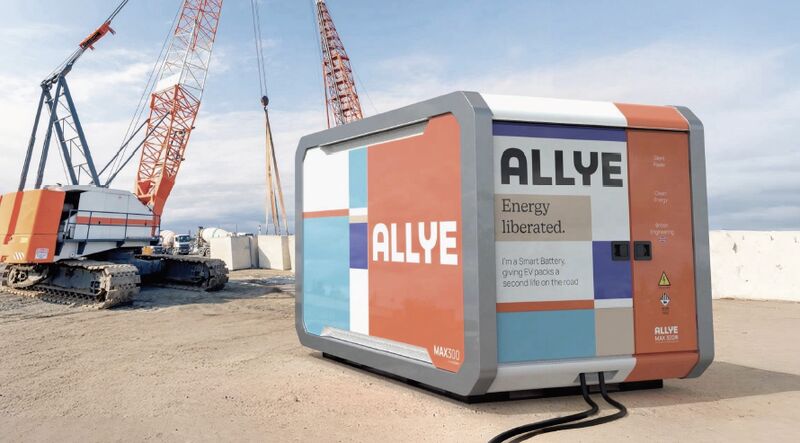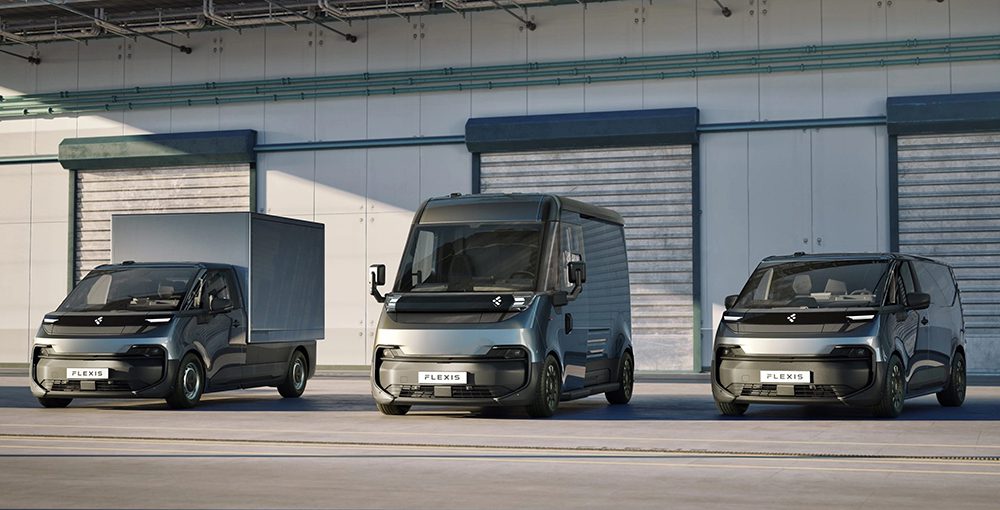Governments around the world have established aggressive fuel economy standards, and meeting them will require a substantial percentage of the planet’s vehicle fleet to be converted to electricity (despite the desperate hopes of many auto company execs).
New research by the World Energy Council (WEC) attempts to answer the question of just how many EVs will be required.
In “World Energy Perspective 2016: E-mobility: closing the emissions gap,” the WEC argues that EVs will need to increase their combined market share to 16% by 2020 in order to meet the targets set by regulators. That market share is currently less than 1%.
The world’s three largest auto markets – China, the EU and the US – have a collective annual demand of over 40 million passenger vehicles. All three have set fuel economy improvement targets around 30%. The difference between those targets and the fuel economy increases that can be delivered by expected new ICE technology is what the WEC calls the “emissions gap.”
For the US, the emissions gap translates to 0.9 million cars, or 11% of estimated 2020 sales. The comparable figure for the EU is around 10% of sales, and for China, 22% of sales.
Reaching the 16% market share figure that would close the gap will obviously require automakers to radically rethink their electrification plans. But the auto industry is not the only sector that will face major changes.
“To help close the emissions gap through more widespread adoption of EVs, utilities need to play a critical role,” said Stuart Solomon, Managing Director of Accenture Strategy, which collaborated on the report, “not only to ensure a reliable electricity supply, given the added pressure from plugging more EVs into an already stressed grid network, but also by making sure that any added demand for electricity to power EVs increasingly comes from clean power sources.”
Source: World Energy Council












































































































